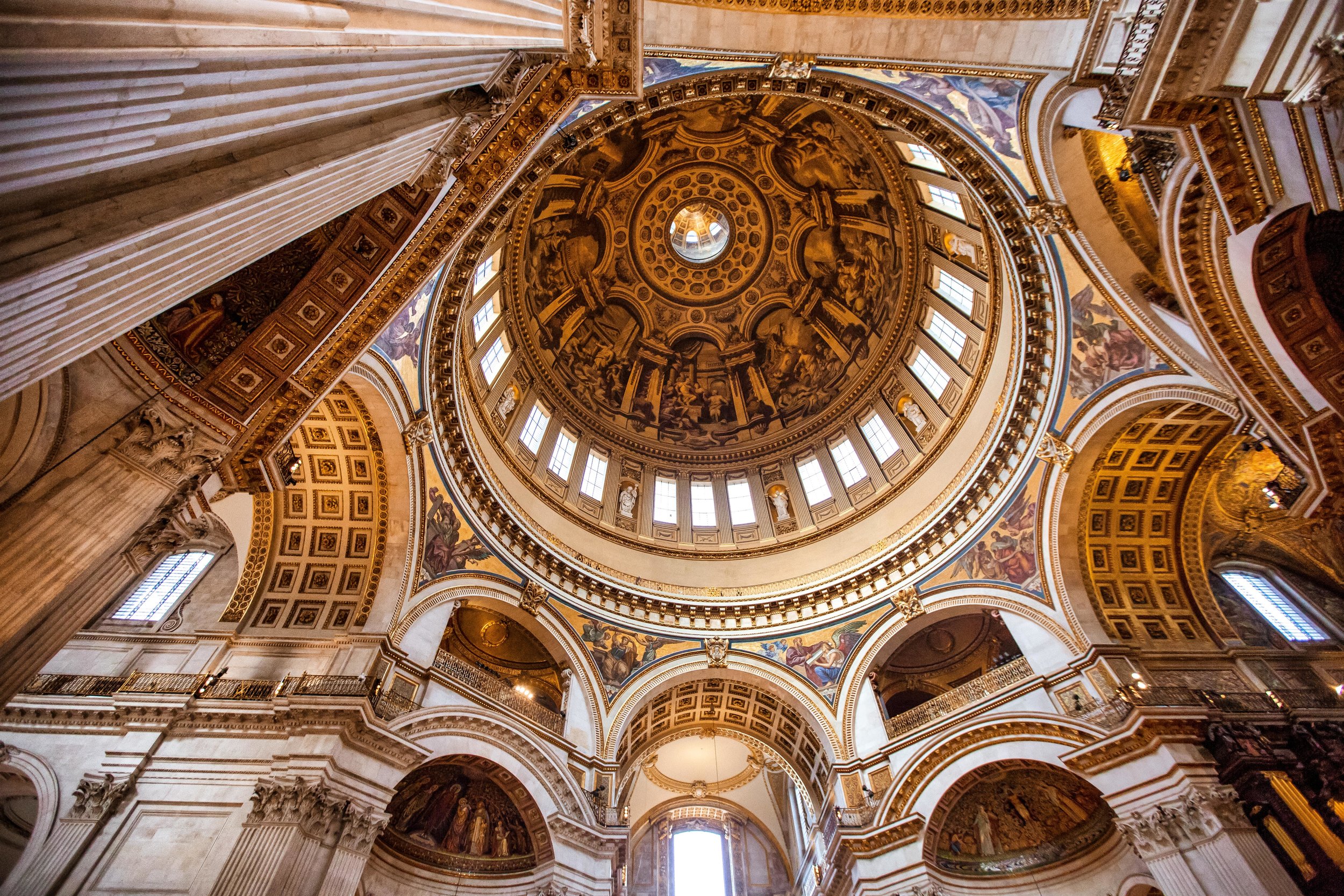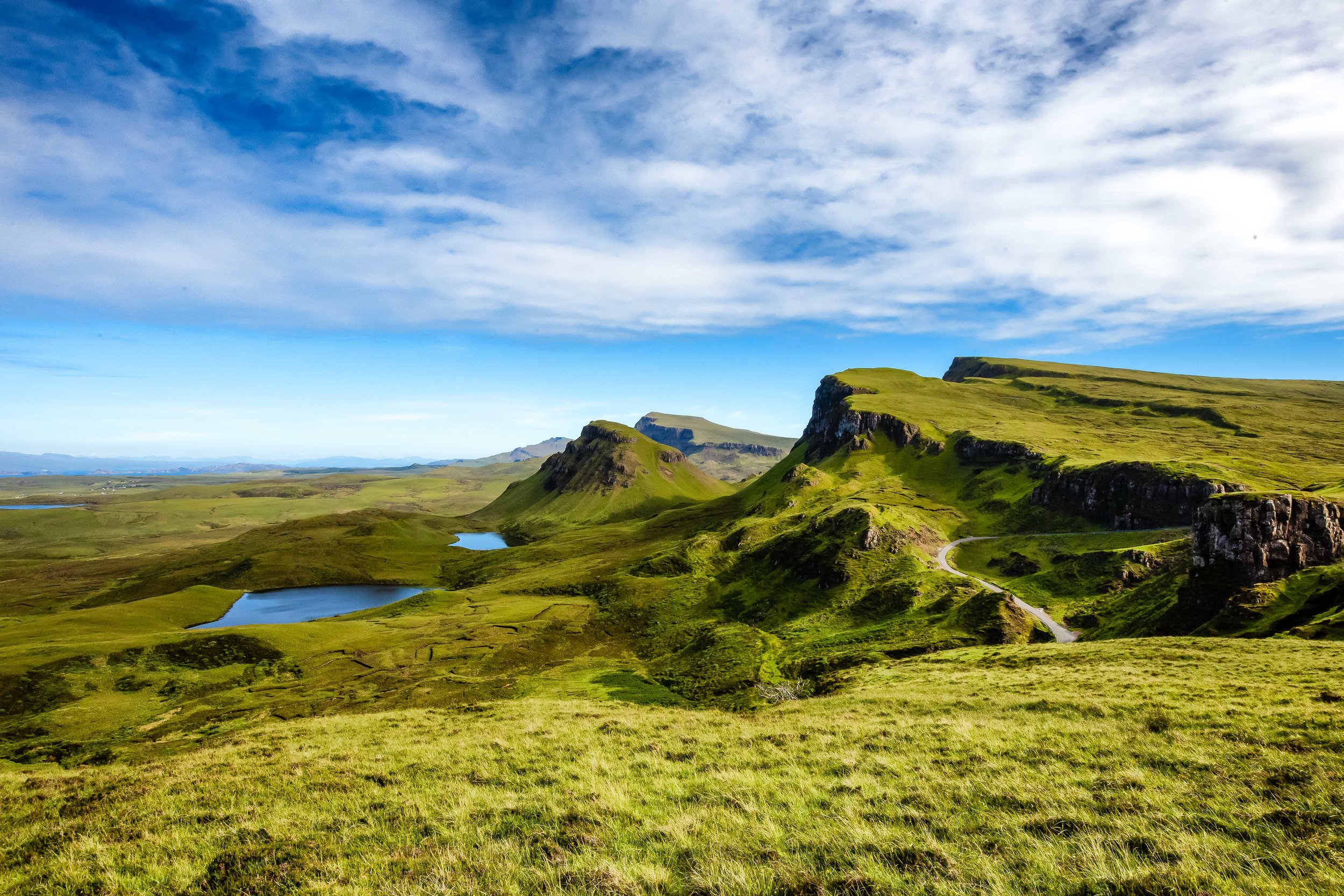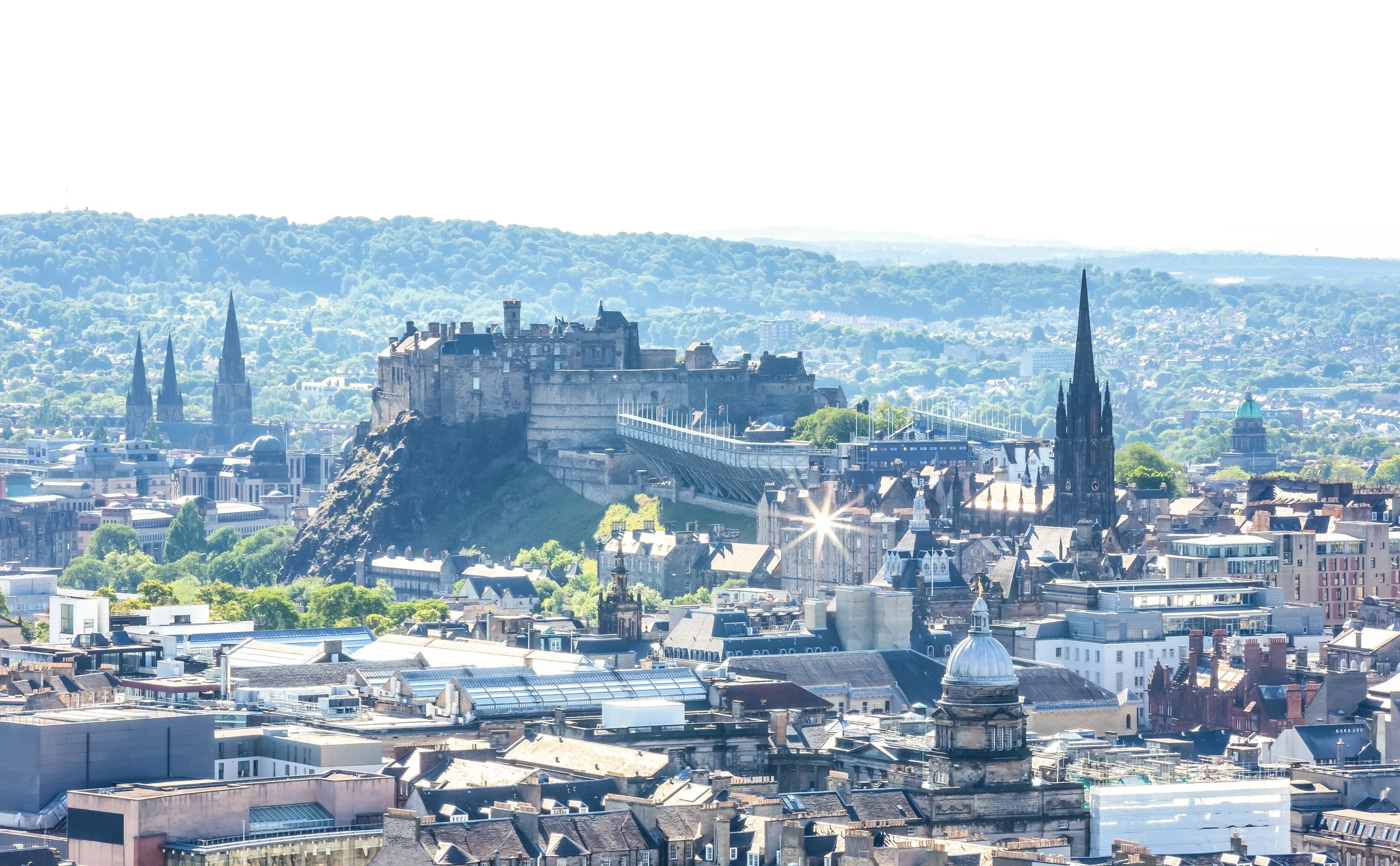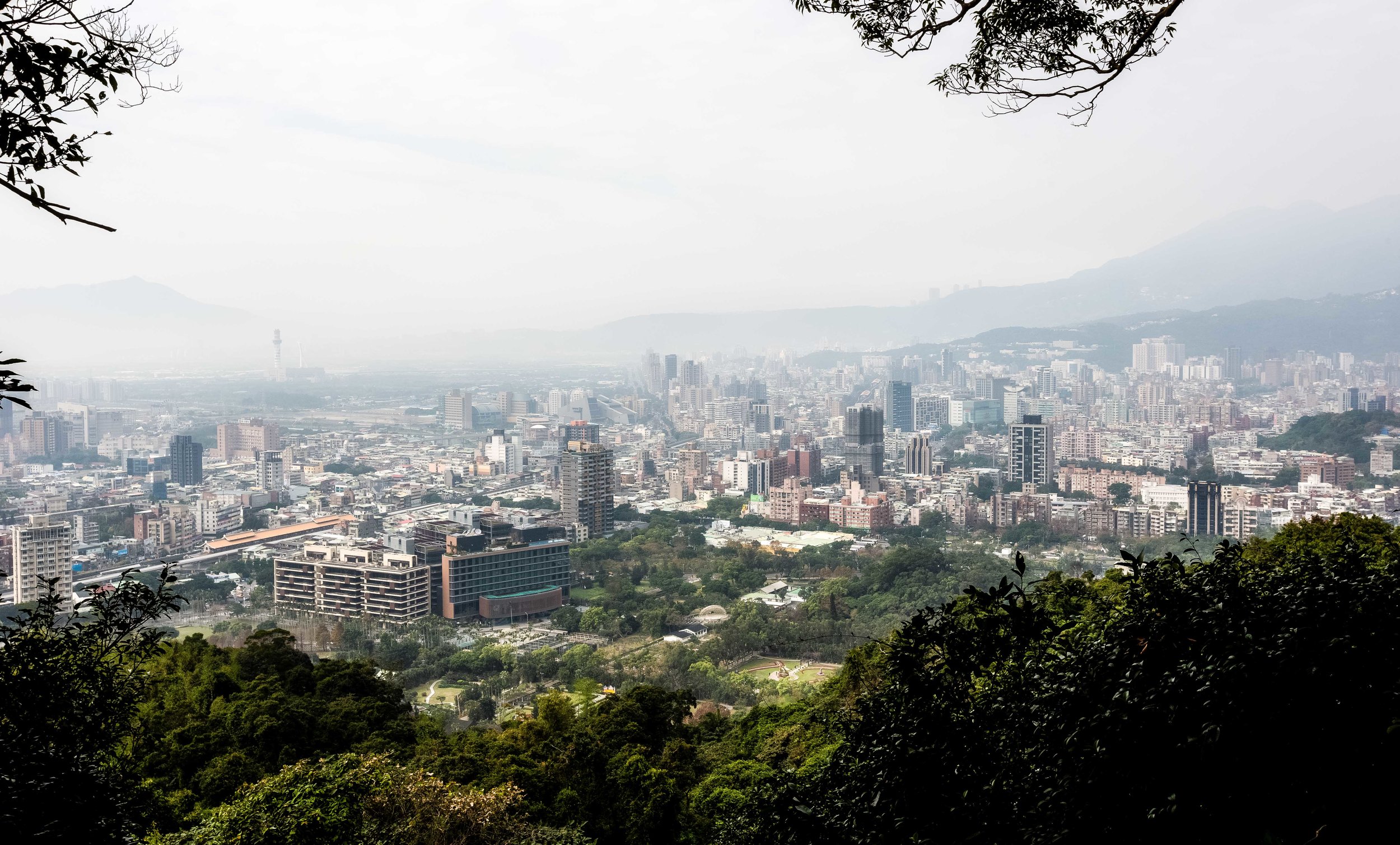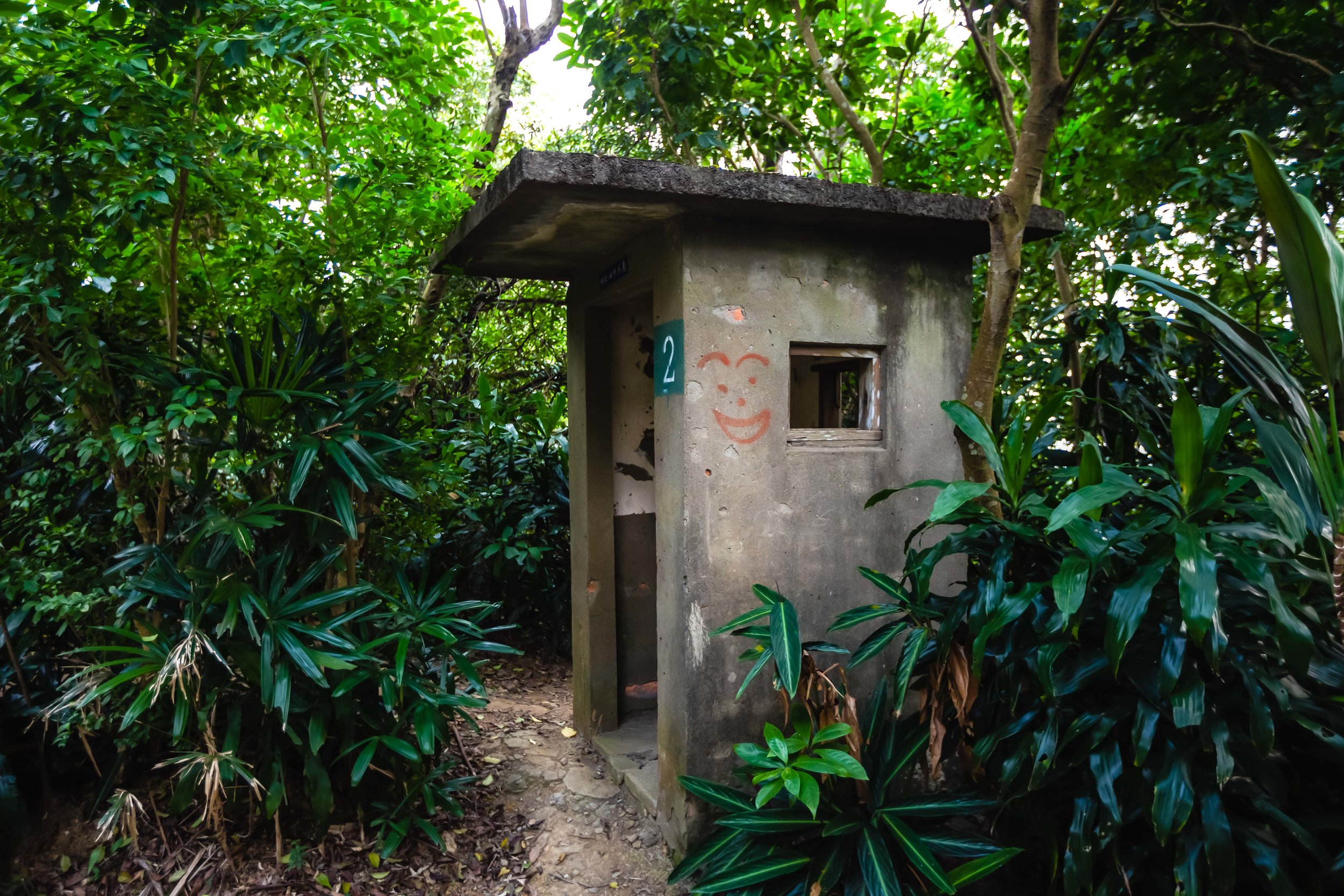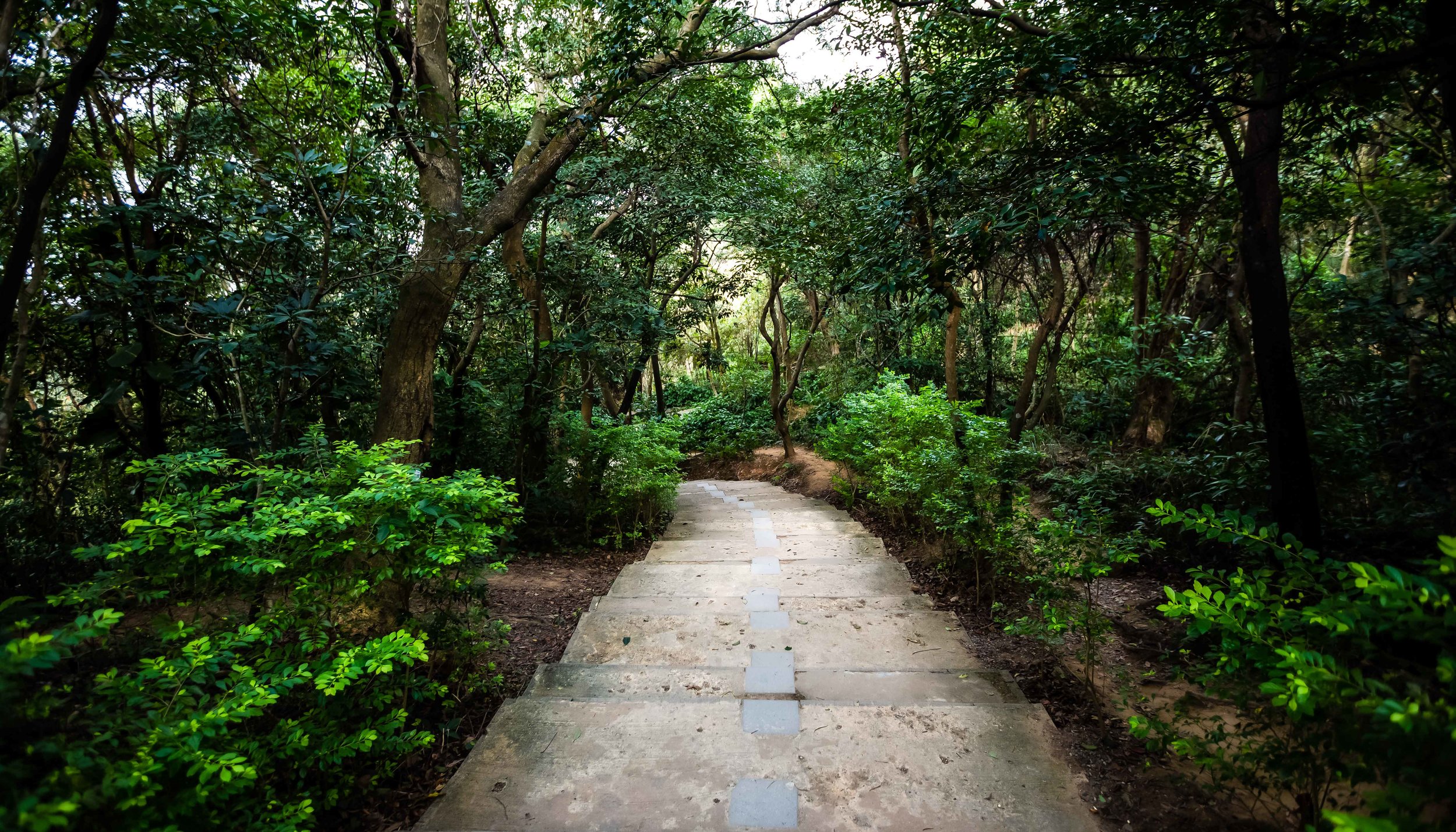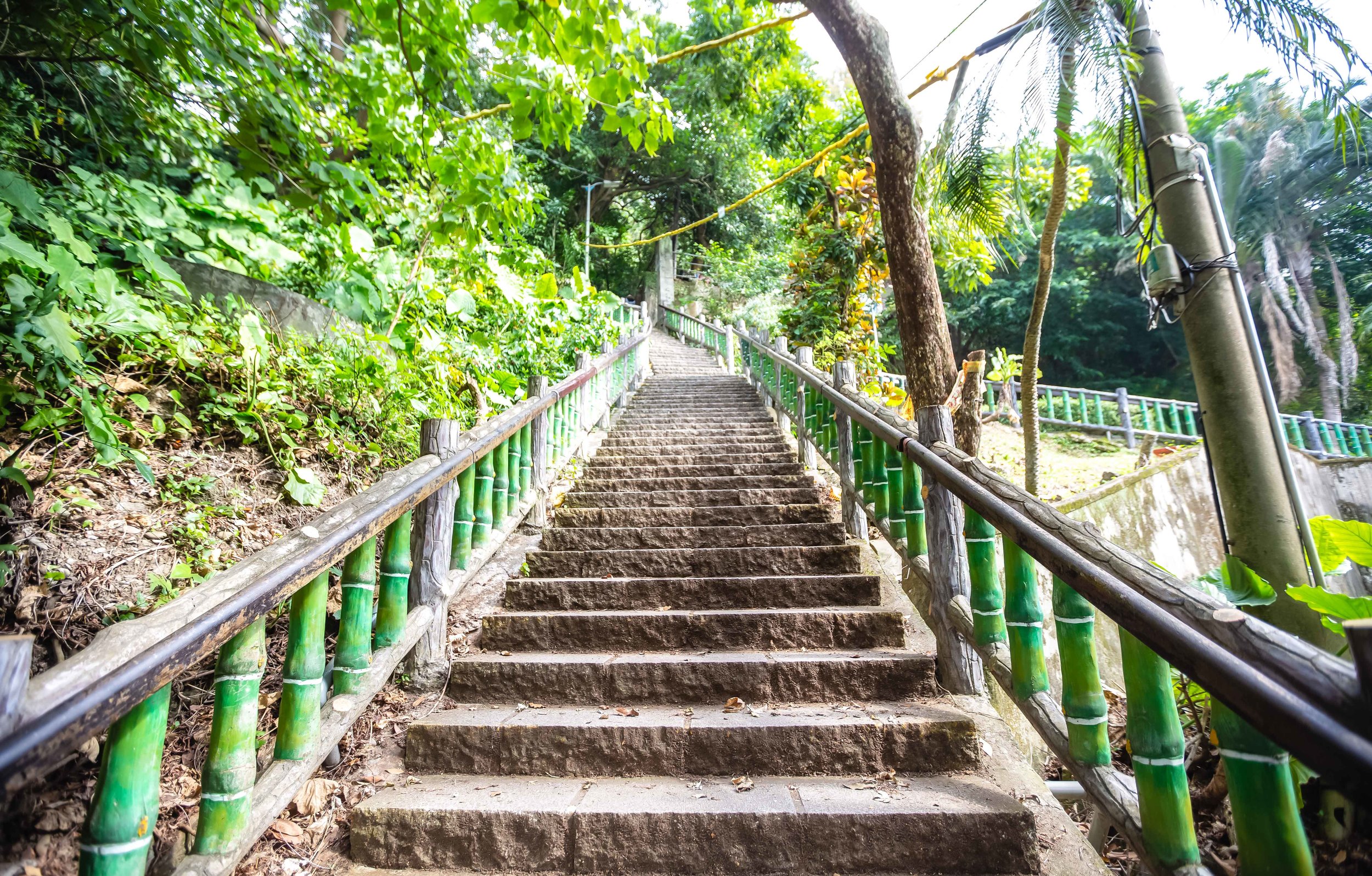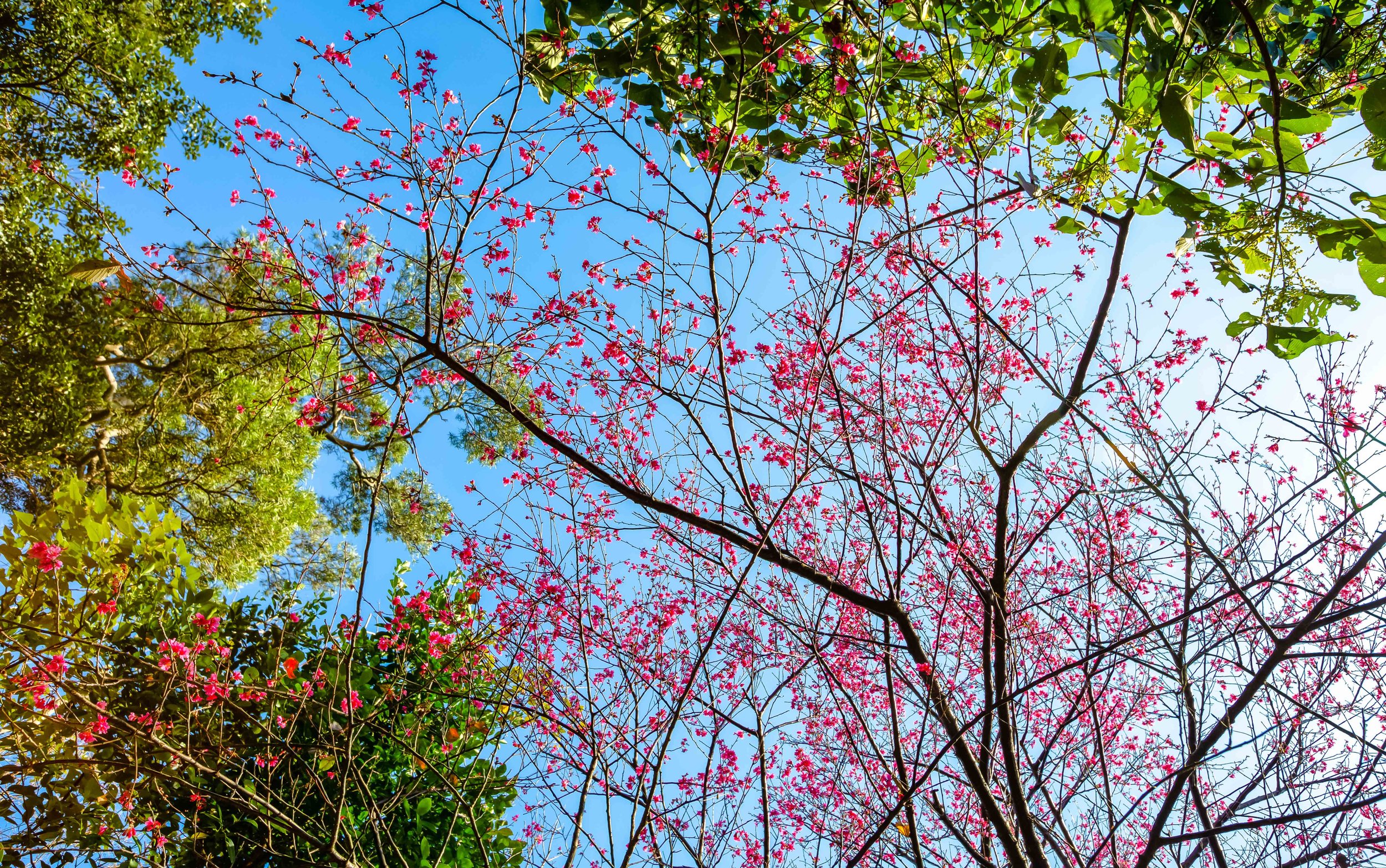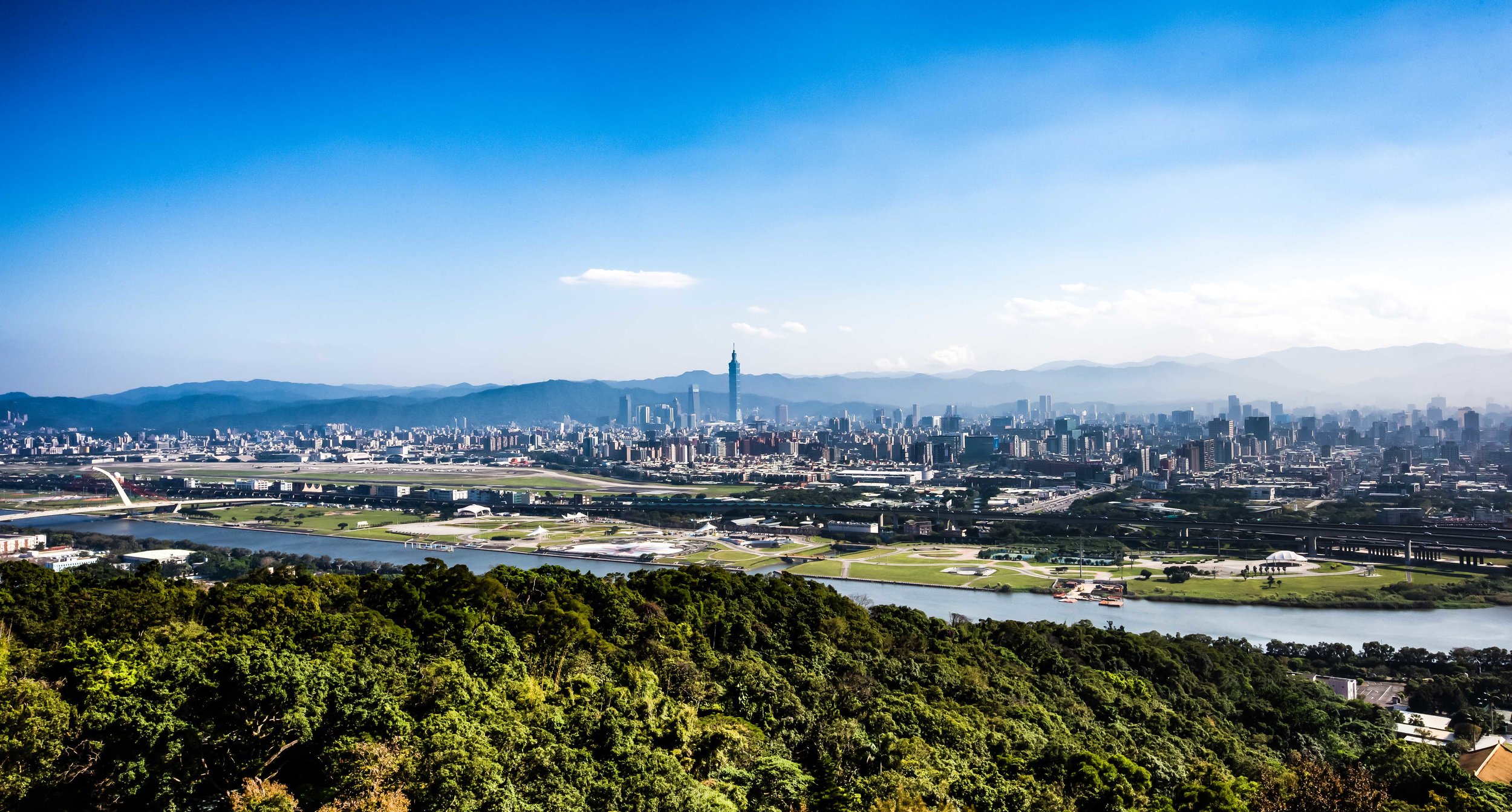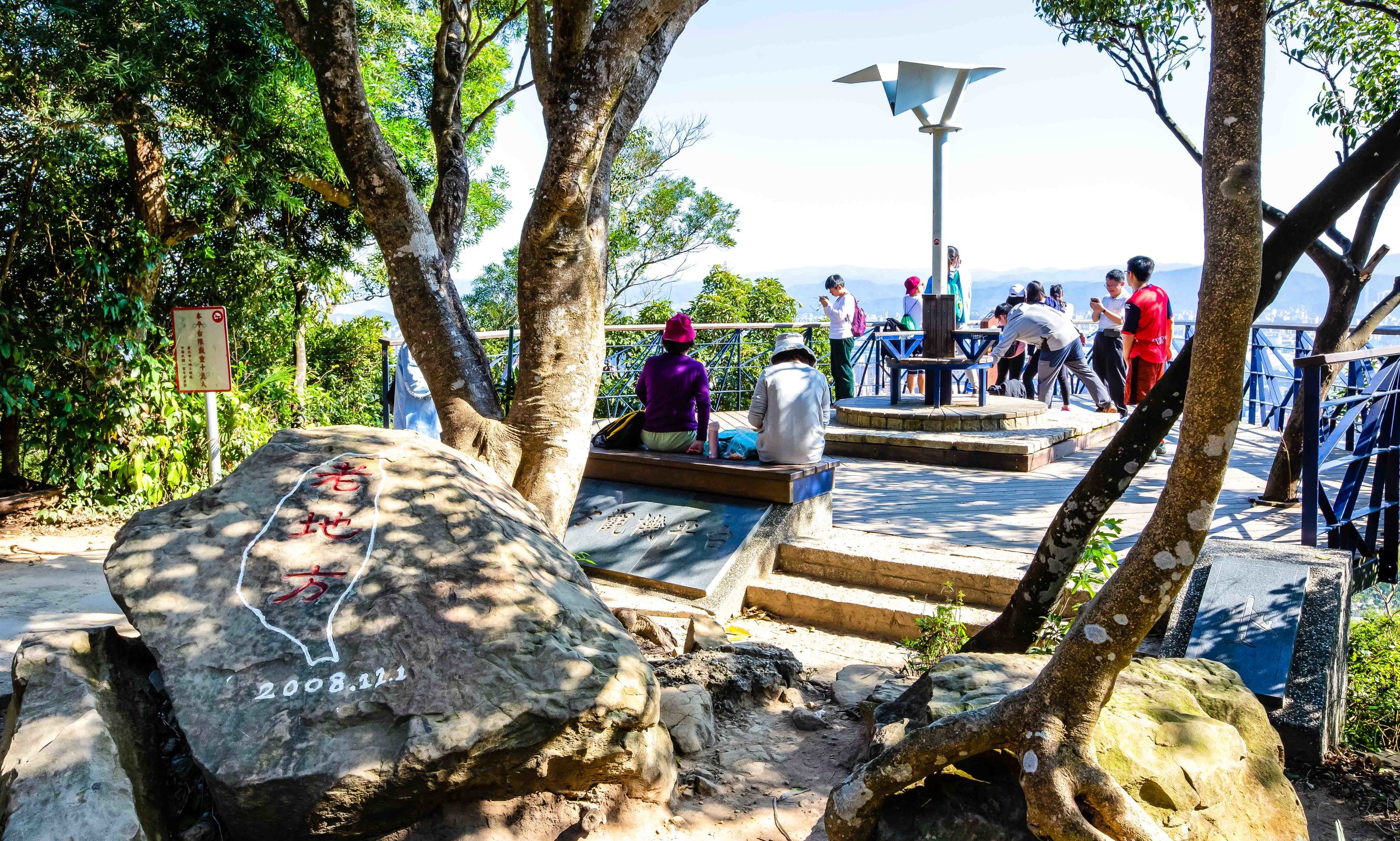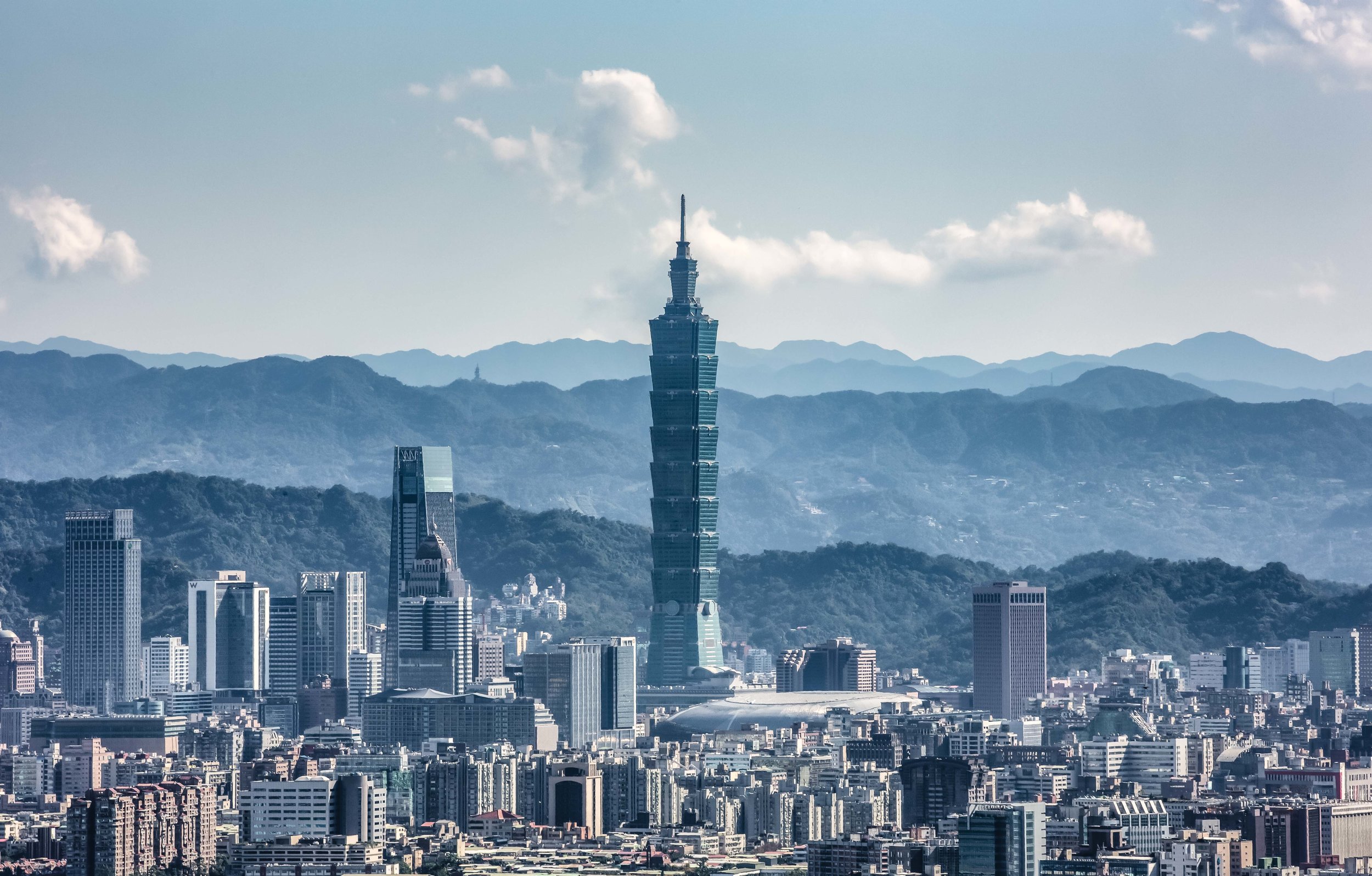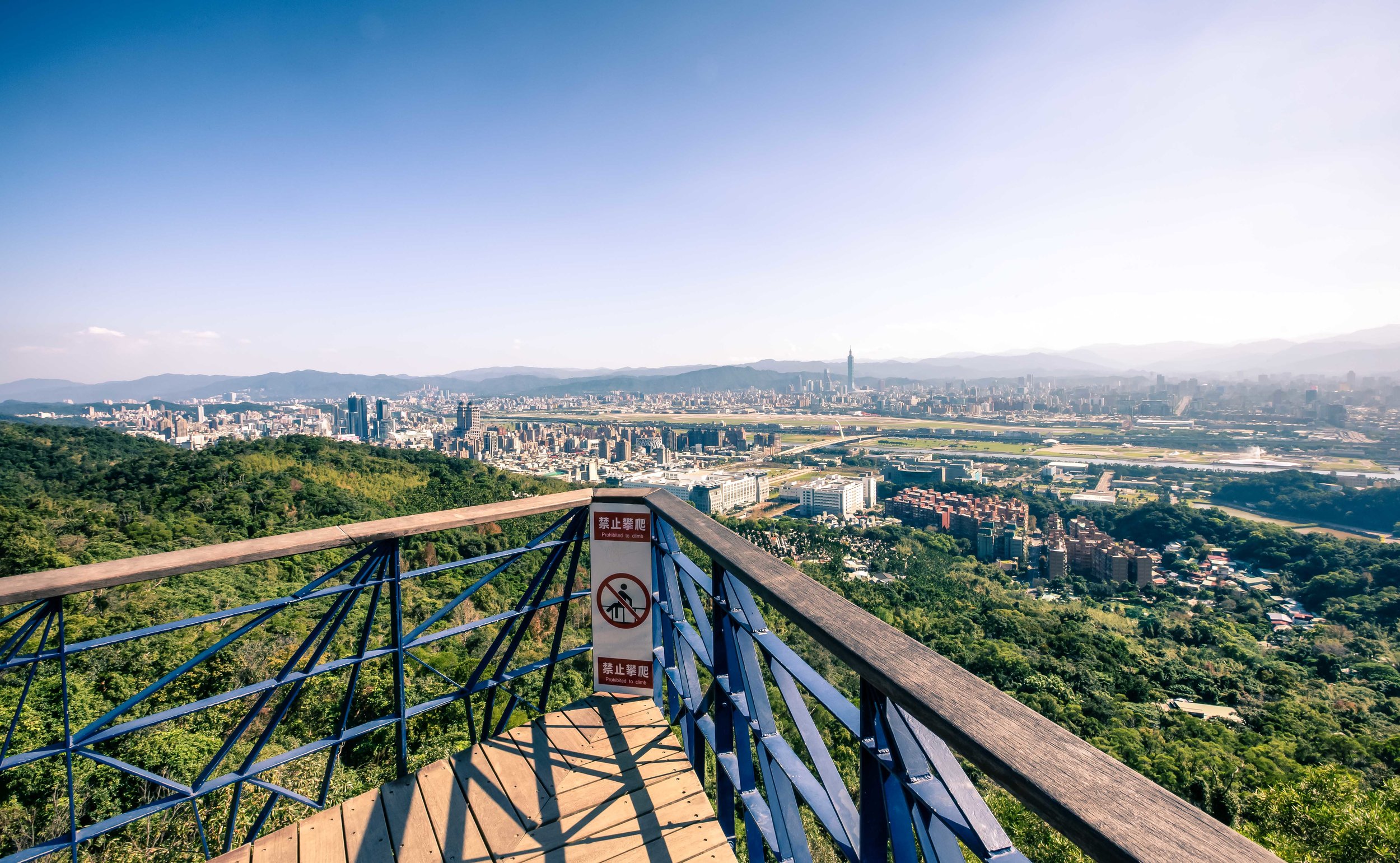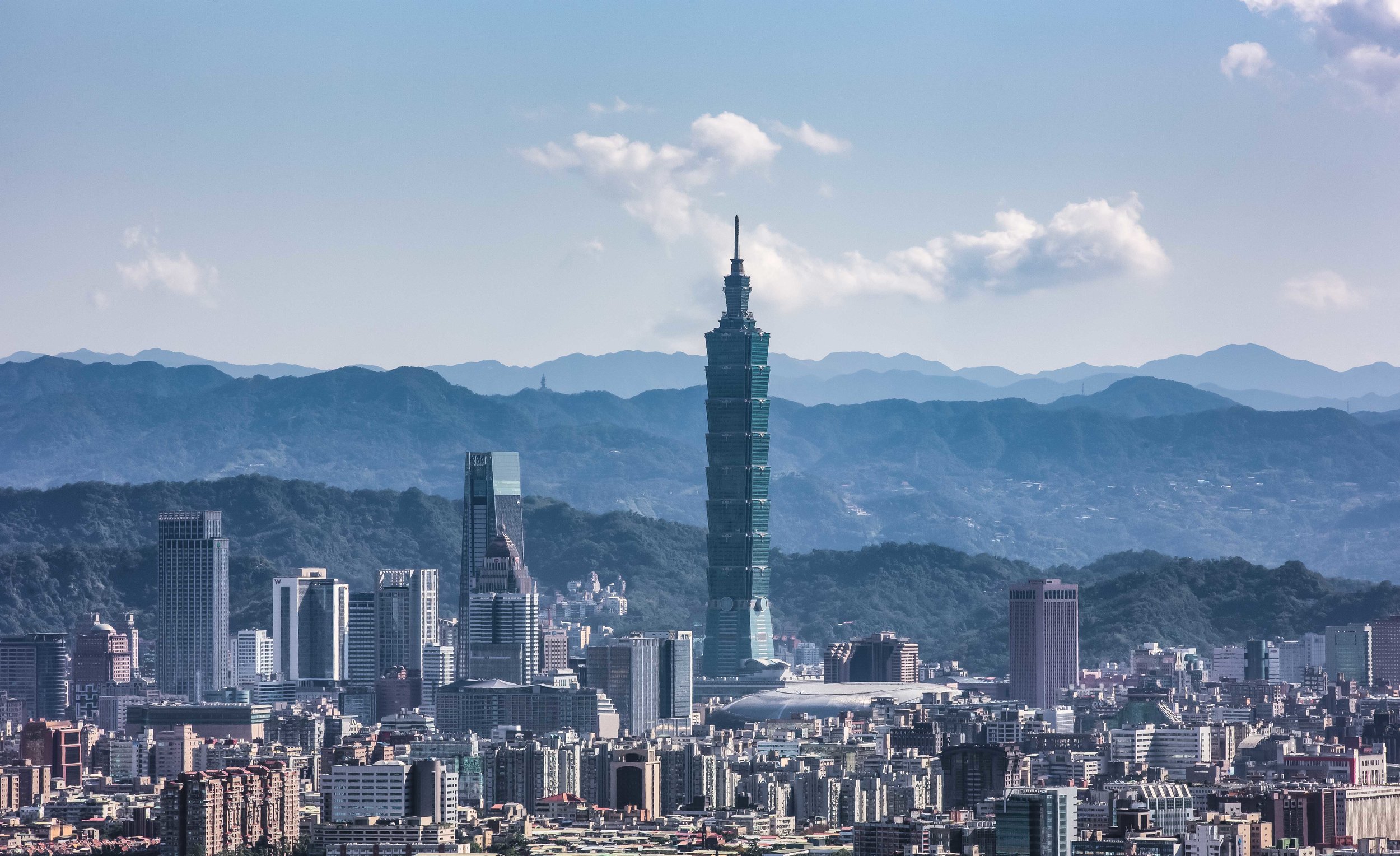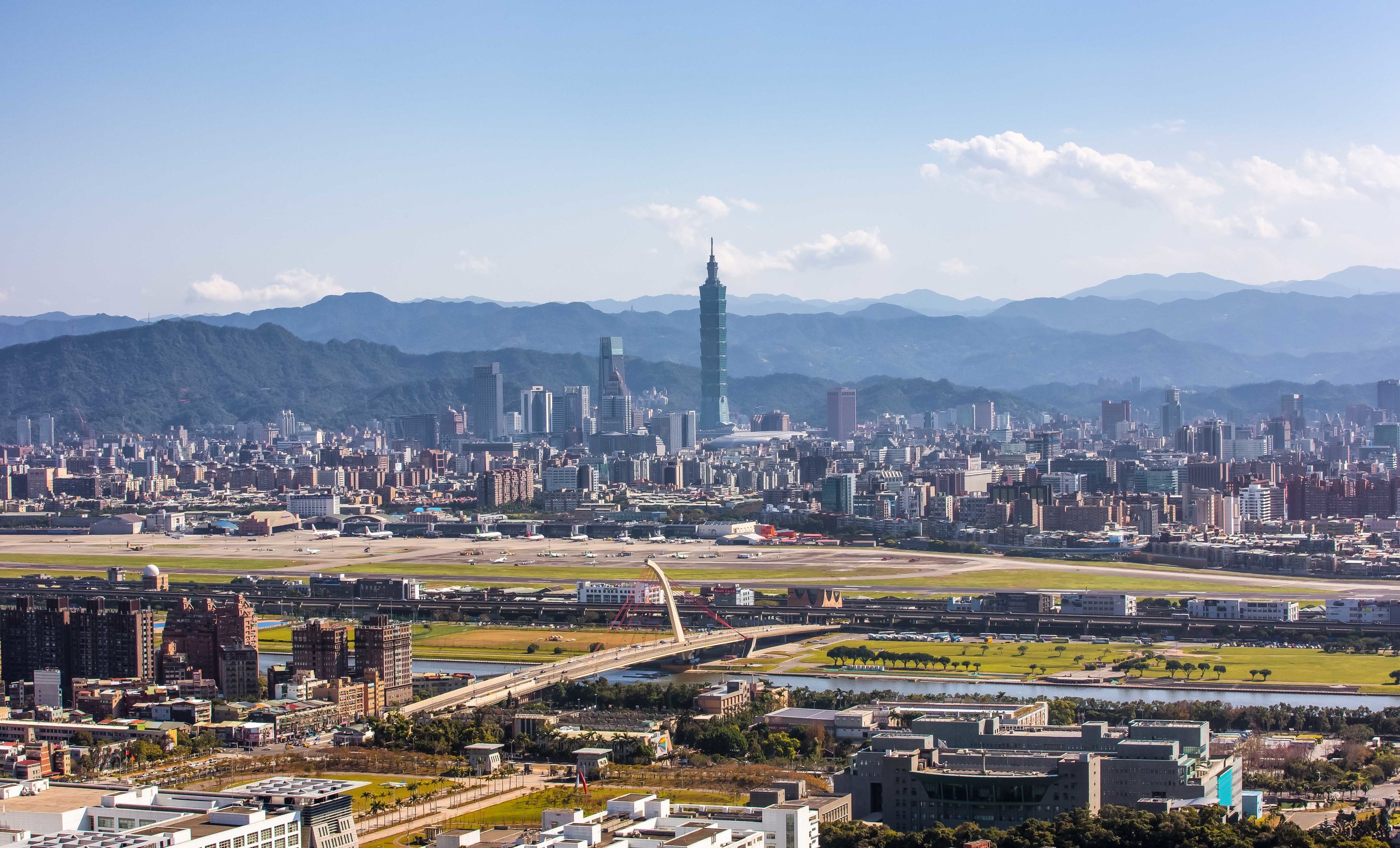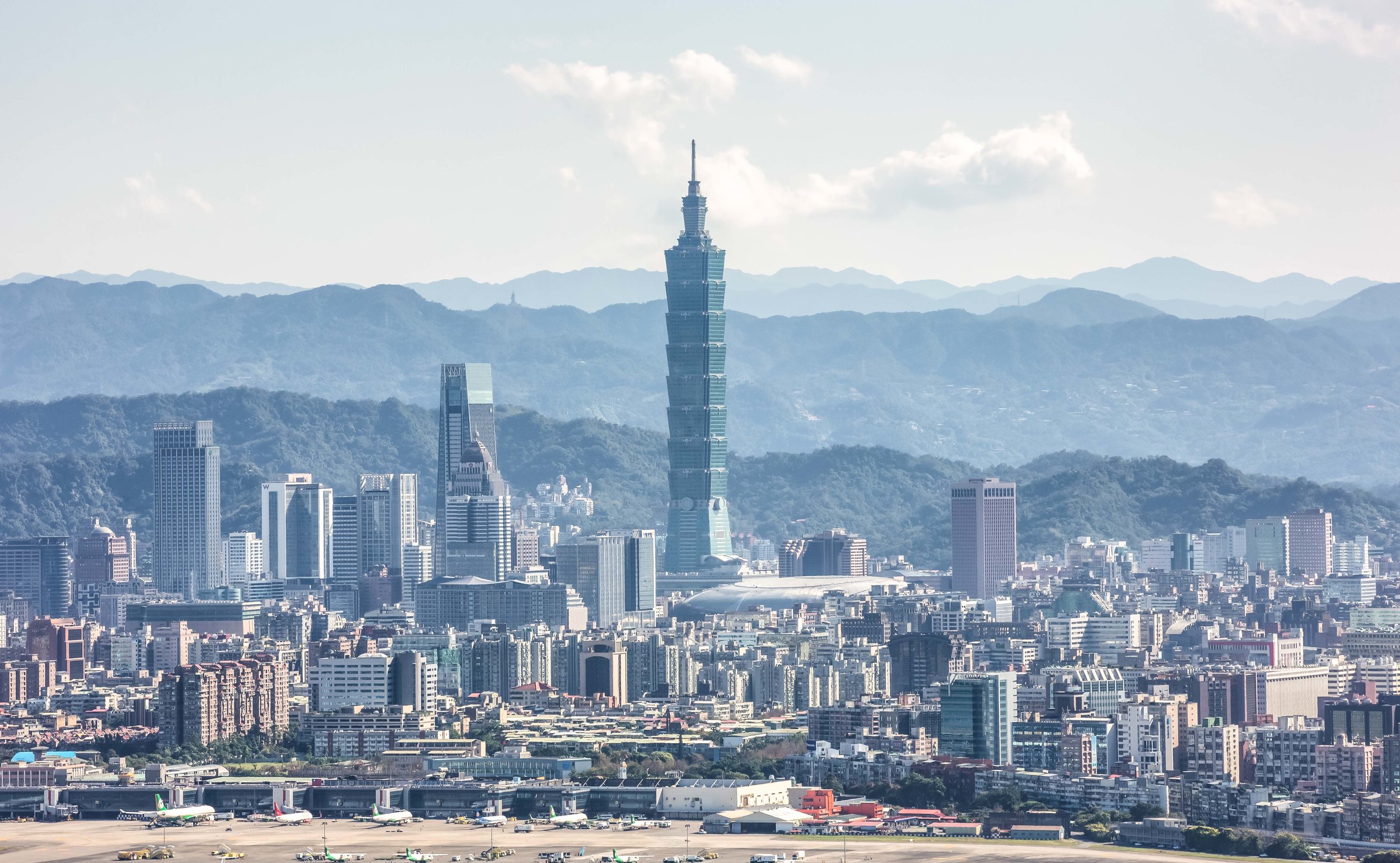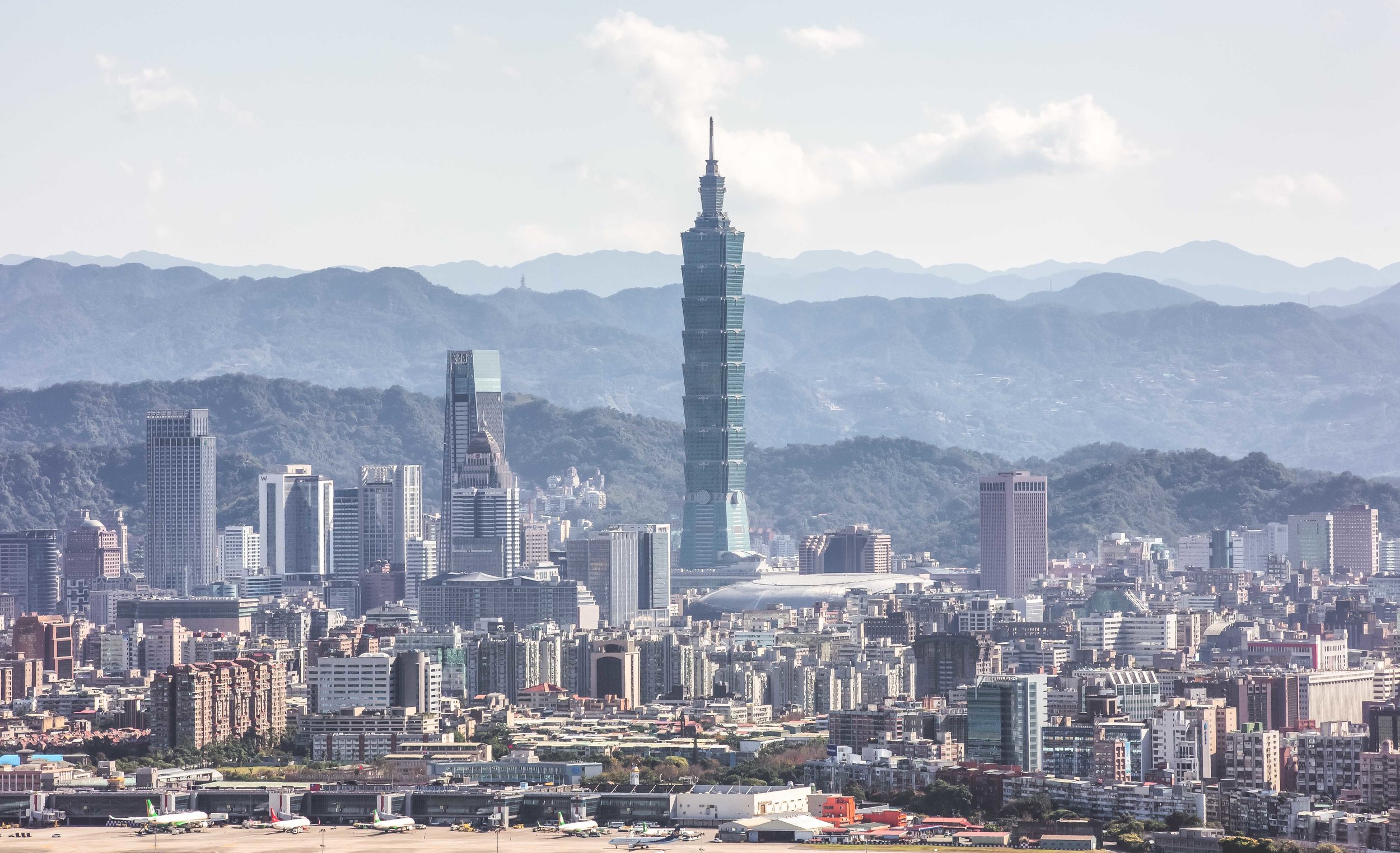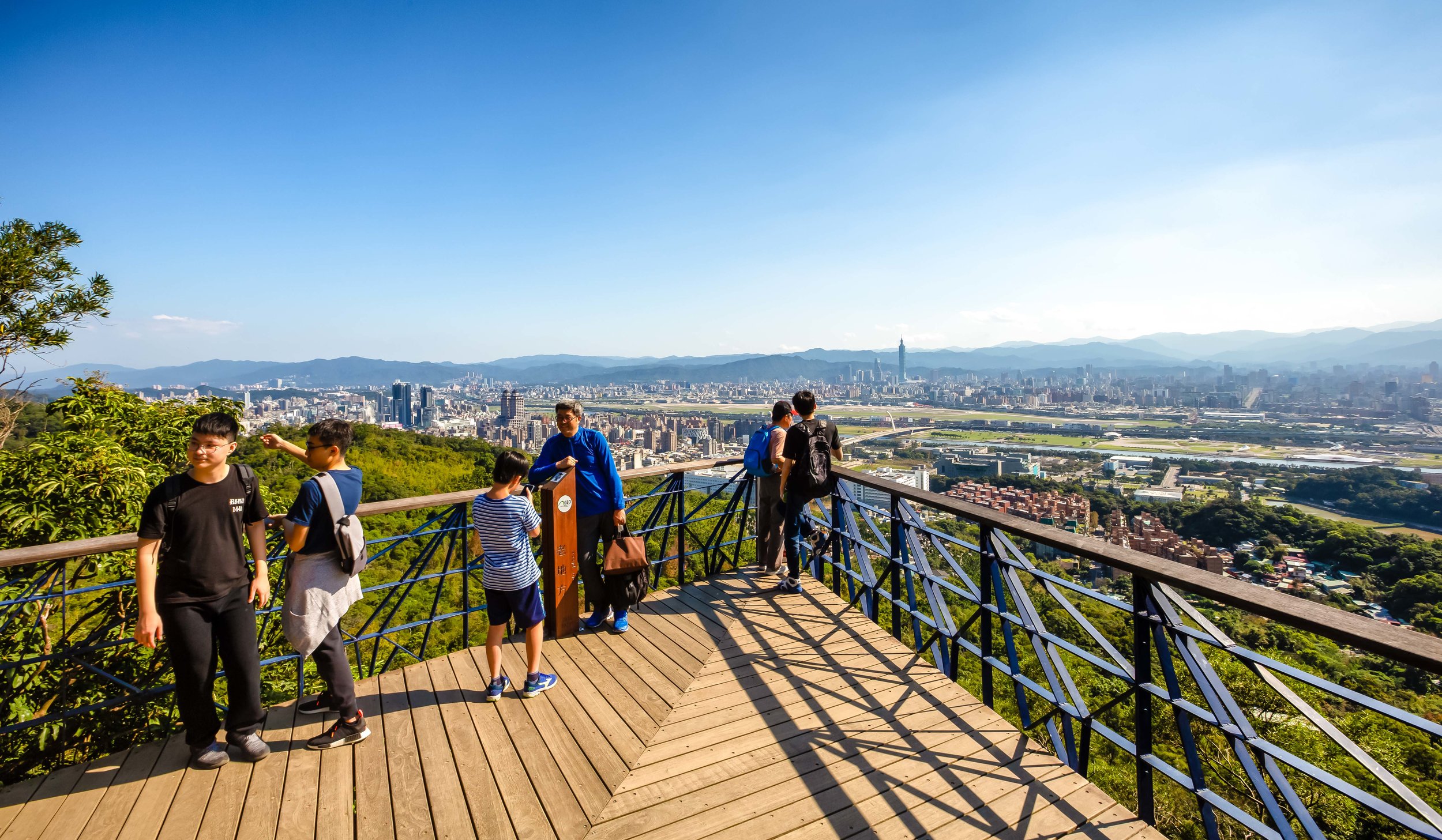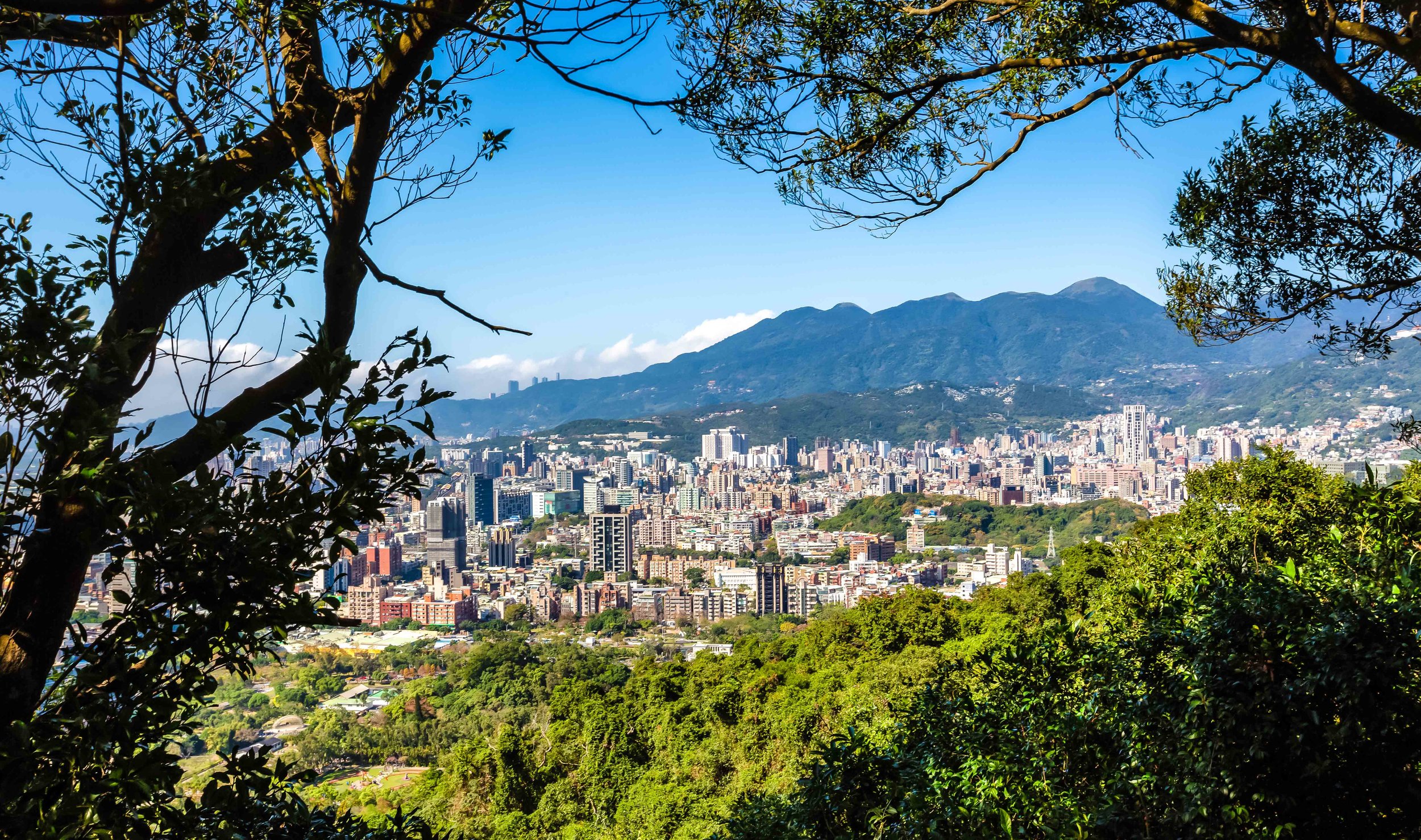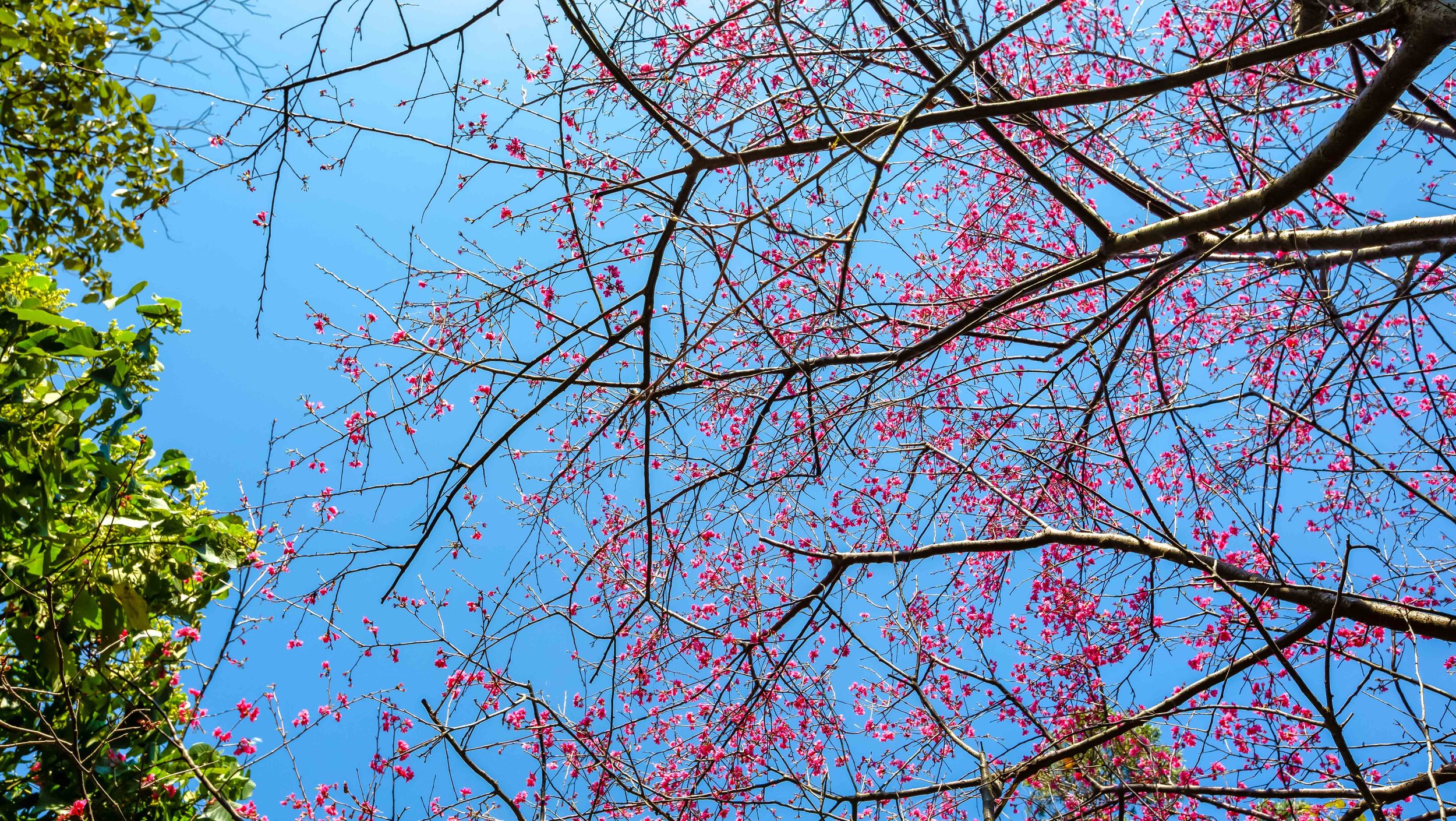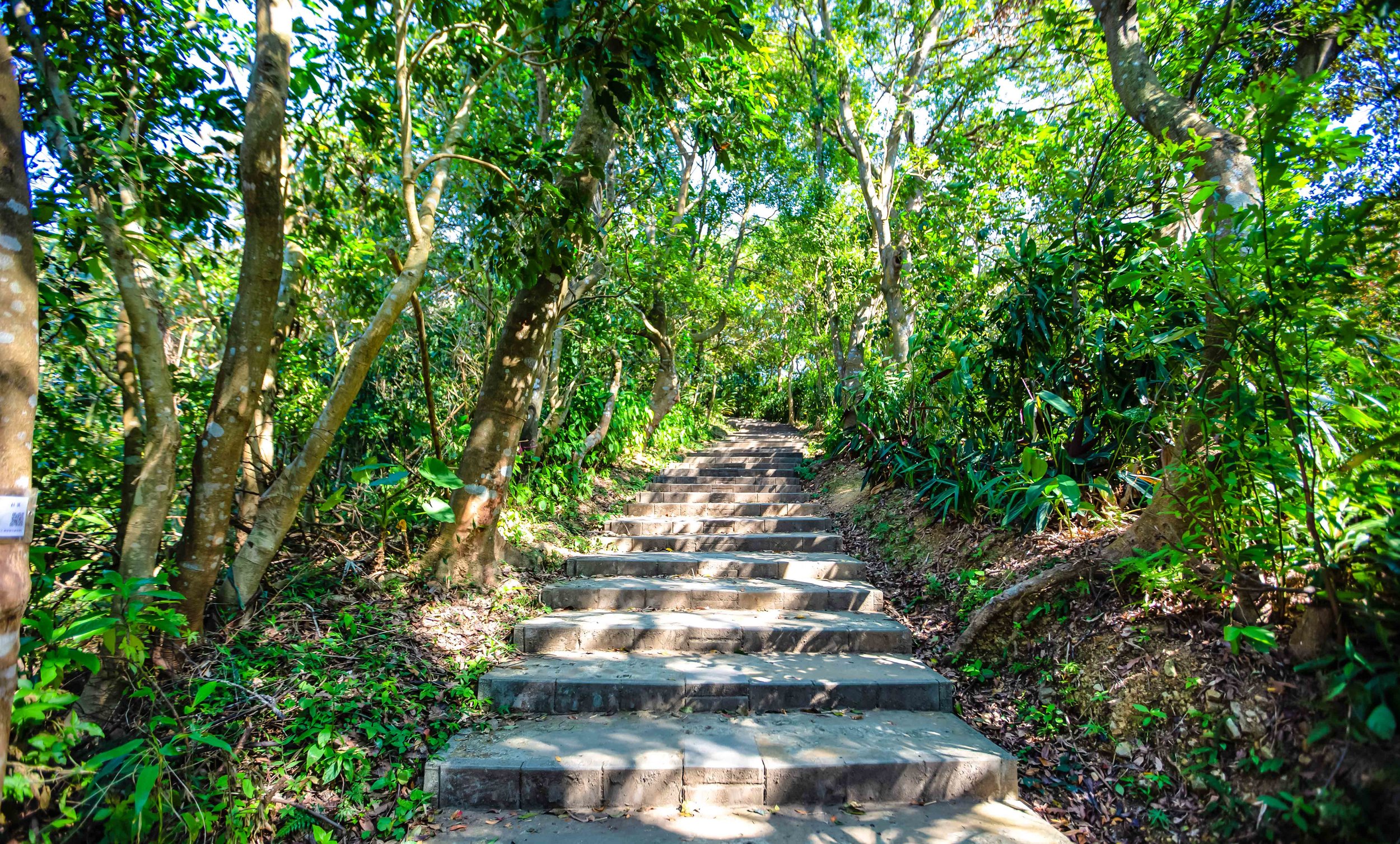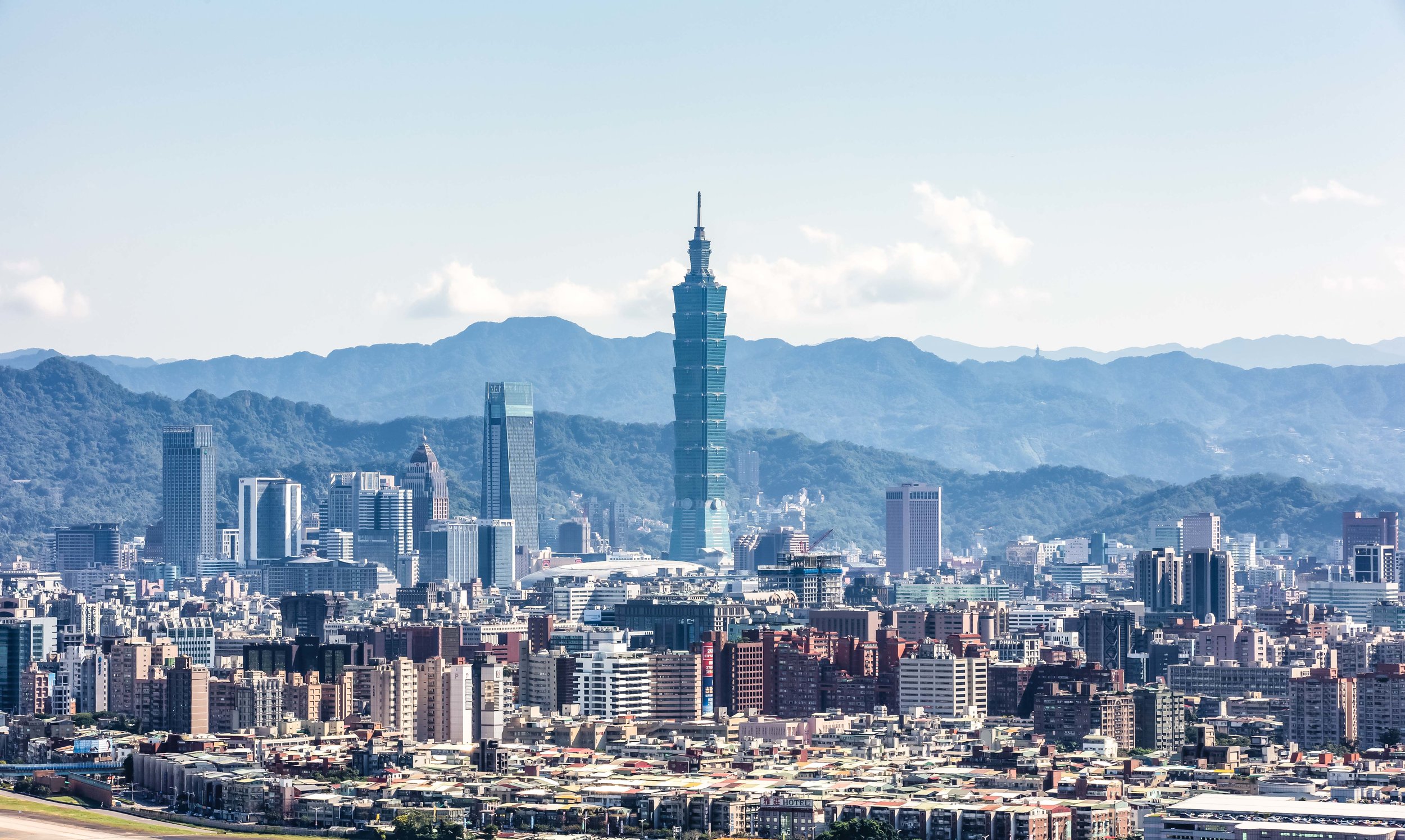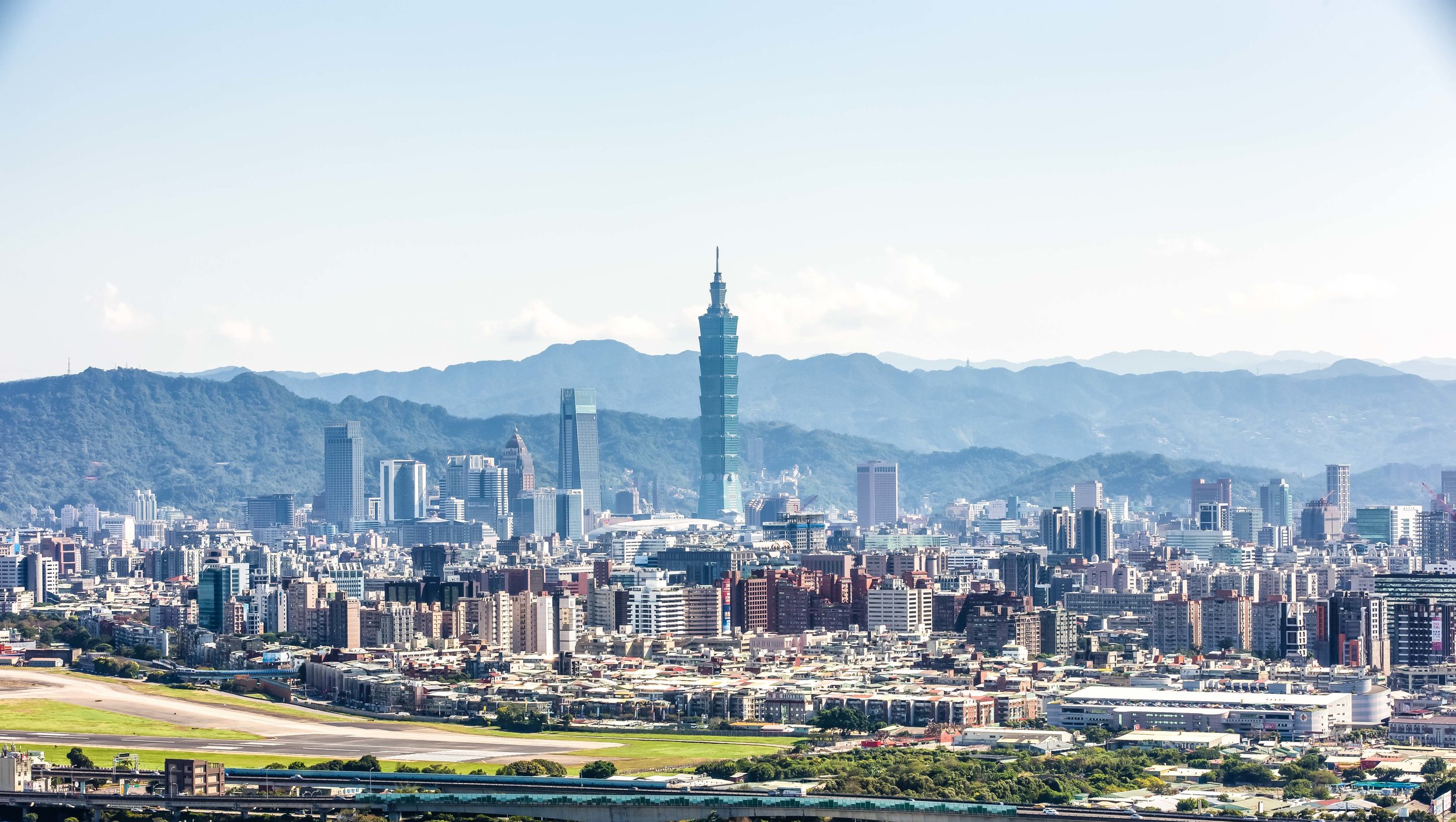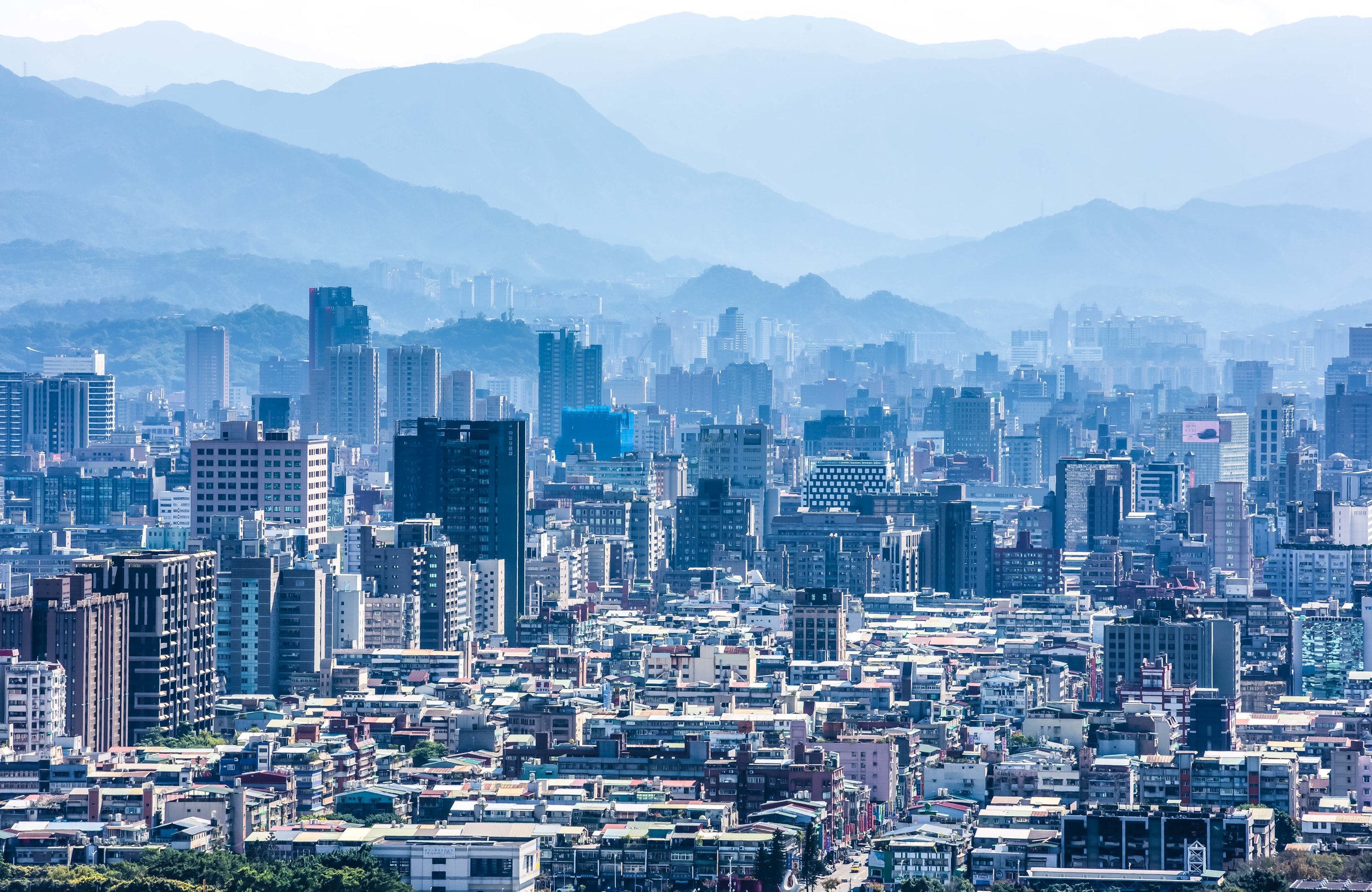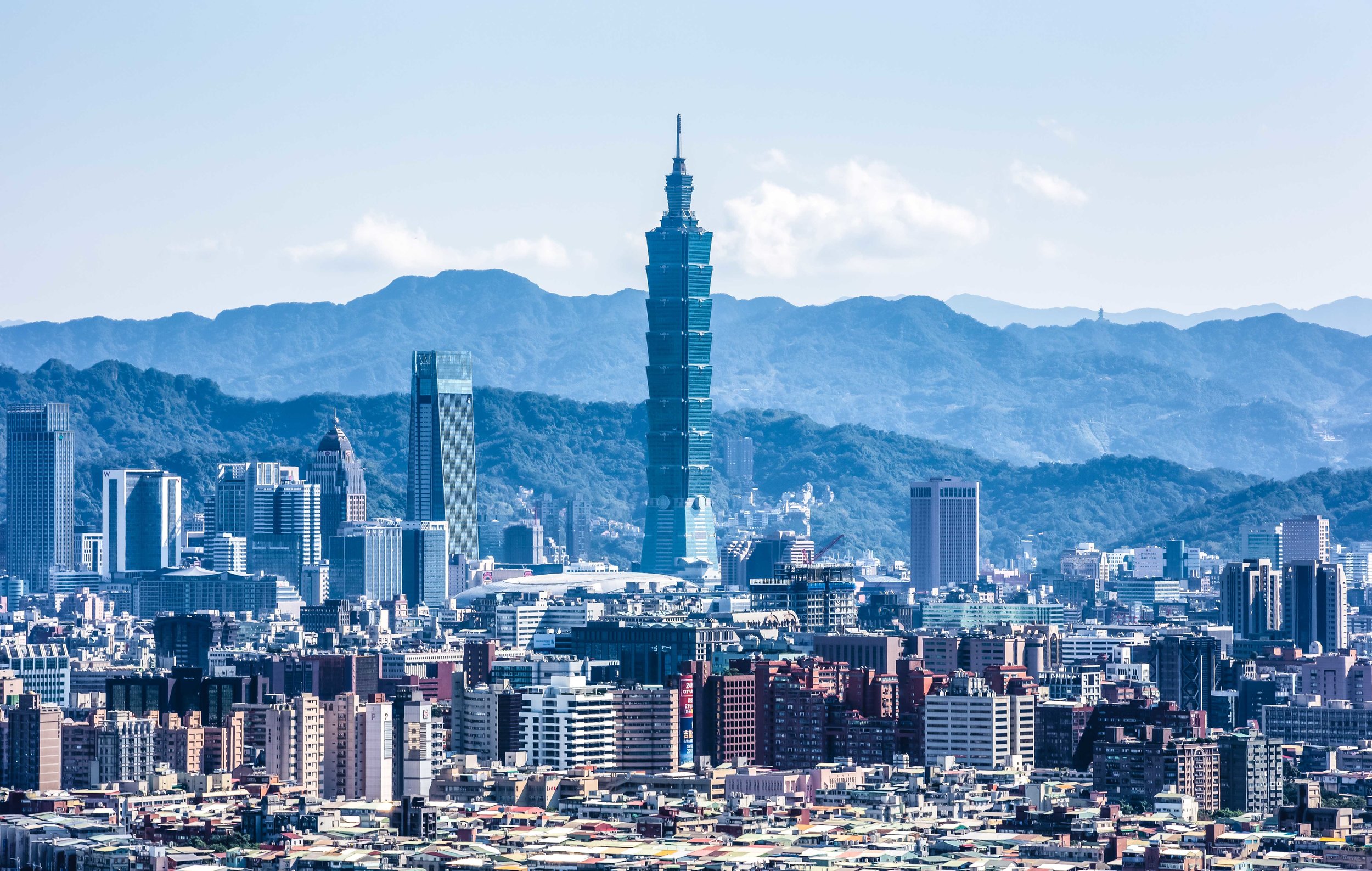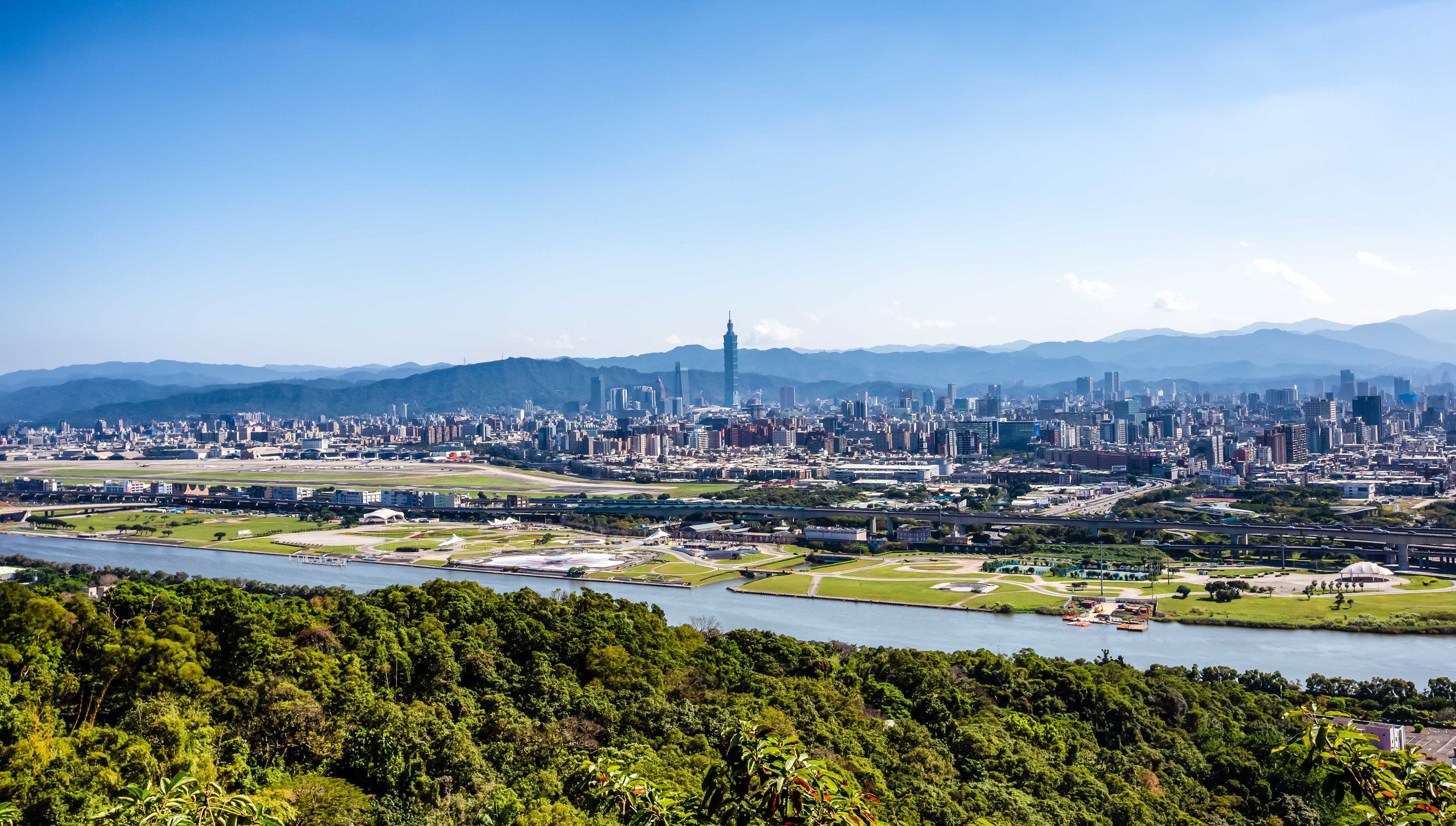St Paul’s Cathedral is easily one of the most well-known and also most recognizable sights in the historic city of London and for almost three hundred years it dominated the city’s skyline as the city’s tallest structure.
With a history dating back more than fourteen centuries, the cathedral has played a significant role in British history and has become an important symbol with regard to the national identity of the English people.
St. Paul’s is not only home to the seat of the Bishop of London and is the mother church of the diocese of London but (similar to Westminster Abbey) often finds itself as the host of some of England’s most important events.
Some of which have in recent years included royal weddings and the funerals of important figures like Sir Winston Churchill and former Prime Minister Margaret Thatcher.
Even though St. Paul’s time as being the tallest building in the city is clearly over, it is said that the majority of the visitors who visit the popular observation deck of the nearby Shard skyscraper spend most of their time taking photos of the beautiful cathedral which is located just across the Thames.
Today the cathedral serves not only as a fully functional church that holds daily services but also as one of London’s most popular tourist attractions with more than two million people visiting each year.
History
St. Paul’s Cathedral has a history that dates back to AD 604 but don’t let that history fool you, the cathedral that we can see today is no where near that old. Historical records indicate that a church was built somewhere on the site over fourteen hundred years ago, but there is actually little evidence to prove such claims.
The cathedral known as “Old St. Paul’s” was constructed on site by the Normans between 1087 and 1240 and was a mixture of Romanesque and Gothic architectural styles constructed using both stone and wood.
London however has had a bit of bad luck when it comes to fire and the city has been ravaged on more than a few occasions, the most well-known of which is probably the Great Fire of 1666.
The devastating fire destroyed 13,200 houses, 88 parish churches and forced the displacement of around 70-80,000 of the city’s inhabitants. Most notably the original St. Paul’s Cathedral, which was then one of London’s largest and most important buildings was also destroyed.
While Londoners went about rebuilding their lives, the office of famed British architect Sir Christopher Wren was selected and given the honour of overseeing the design and construction of over fifty churches to replace those that were destroyed, including that of St. Paul’s Cathedral.
The name Sir Christopher Wren may not be a household name for a lot of people outside of England, but the man was a legendary genius who was not only England’s most highly acclaimed architects but was also an anatomist, astronomer, geometry and mathematician-physicist.
While its often overlooked, Wren had a tremendous influence on intellectual affairs in 17th and 18th century Britain as President of the Royal Society making tremendous contributions to scientific thought and discovery.
Today he is most well-known for having a hand in the design and construction of some of London’s most well-known buildings with his work on St. Paul’s Cathedral being considered the masterpiece of his architectural genius.
In 1668 the Archbishop of Canterbury, with support from the Bishops of London and Oxford charged Wren with the responsibility of designing a new cathedral to replace the old St. Paul’s Cathedral.
Wren was given the instructions that the new cathedral should be “handsome and noble to all ends of it and to the reputation of the city and the nation” meaning that whatever he came up with had to be so grand in design that nothing else could compare.
Construction on the cathedral started in the summer of 1675 and was opened to the public twenty-two years later in 1697.
The finished version of Wren’s St. Paul’s Cathedral would be the tallest building in London, the second largest church in Britain and had a dome that was considered the finest in the whole world.
The building, which was financed by a tax on coal cost £1,095,556, which is equivalent to around $200 million US dollars today.
During the Second World War the cathedral was damaged during the German Blitz of London but was saved from outright destruction due to the efforts of civil defence brigades to protect it.
Churchill believed that the destruction of the cathedral would do irreparable damage to the morale of the nation, so he ensured that every effort was made to protect it from harm.
Still, one of the most iconic images of the Blitz depicts the dome of the cathedral shrouded in smoke with the buildings in the foreground engulfed in flames.
The image was thought to describe the resolve of the British people which was “proud”, “glorious” and “indomitable” and helped to push the British and the allies to ultimate victory over the Germans.
Sir Christopher Wren passed away in 1723, a few years after the completion of the cathedral.
It was only fitting that his tomb be constructed in the crypts of his architectural masterpiece. Today people can not only visit the church but pay their respects to one of English history’s greatest figures.
The inscription on his tomb reads: “Lector, si monumentum requiris, circumspice” or “Reader, if you seek his memorial, look around you” which is a fitting tribute to the man and his accomplishments.
Design
When Christopher Wren was charged with the design and construction of a new St. Paul’s Cathedral, his office was already busy designing and constructing fifty other parish churches.
Designing a new version of St. Paul’s however was a project unlike any of the others - Wren’s task was to create a cathedral more grand than the original as well as a building that would serve as a landmark.
He also had to satisfy the stringent requirements of the Church of England, rich benefactors and try to stay true to and respect the mediaeval traditions of English church building.
Wren came up with five different designs for the cathedral which were inspired by the design of St. Peter’s Basilica in the Vatican and a combination of English medieval architecture with contemporary Renaissance trends - most notably the Baroque style.
The design that was approved combined neoclassical, gothic and baroque elements which symbolized the ideals of the English restoration with the construction techniques of the time.
Wren was given artistic licence to make minor changes during construction which he used to make modifications based on elements of some of the other designs he had submitted.
The finished cathedral actually ended up being considerably different than originally planned.
As for the specifics of the architectural design, I’m admittedly not an expert, so for a more in-depth description of the design of the interior and exterior of the cathedral, I recommend checking out the links below.
Designing St. Paul’s Cathedral (Google Arts & Culture)
What I will go into a bit of detail about with regards to design is that of the dome - Which is said to be one of the finest in the world.
I’ve been lucky enough to visit the dome’s at both St. Peter’s Basilica in the Vatican and St. Paul’s in London and can easily say that St. Paul’s is the clear winner in terms of beauty.
When you stand under the dome looking up, the beauty of Wren’s design will captivate anyone who sees it. If you then climb to the base of the dome on the roof and gaze at the floor below, you’ll be even more amazed.
Oh, and I suppose the beautiful views of the London cityscape from the top of the dome aren’t too shabby as well!
The dome is composed of three different shells - The outer dome, a concealed brick cone (for structural support) and an inner dome. The main internal space of the cathedral is located under the central dome which is supported from floor-level by pendentives that rise up in the form of eight arches that surround the dome.
The genius of Wren’s design supports the dome from ground level while leaving the area under it completely open with no visible supports. The dome, which is said to weigh over 850 tons was also designed in a way that its weight is supported and lightened through the three shells.
You’re not supposed to take photos in the cathedral, but it would be a shame to go to such a beautiful place and not sneak a few. I took a few from floor level, a few from the first platform and of course more from the outside viewing platform.
Visiting the dome makes the price of admission fee well worth the trip and is probably going to be the highlight of your day if you visit.
Getting There / Visiting
Like Westminster Abbey, St. Paul’s Cathedral is one of London’s most popular tourist attractions.
A visit to St. Paul’s however is a bit more relaxing as guests are able to enjoy the spectacular interior and exterior of the building with a little more freedom.
In addition to checking out the historic building, guests are also able to climb to the different levels of the dome which on the inside gives amazing views of the cathedral’s interior and its architecture while the higher exterior level allows for spectacular panoramic views of the city.
To gain entry to the cathedral you will have to purchase a ticket which you can either buy online or when you arrive.
If you want to save a bit of time and money I recommend purchasing your tickets online so that you don’t end up waiting in a long line. If you decide to purchase your ticket when you arrive the general admission costs £18 for adults (tickets are cheaper for students, children and seniors).
The cathedral is open for sightseeing from Monday to Saturday from 8:30am - 4:30pm and it should be noted that most people spend more than two hours on their visit, so make sure to arrive a bit early in the day.
You should also be aware that before you gain entry to the cathedral that you’ll have to pass through an airport style security check where guards will be checking bags.
If you want to ensure that you pass through quickly, try not to carry too much with you. They won’t let you in with anything larger than a backpack and there aren’t any lockers available to store your things.
It’s also important to note that photography and the usage of tripods within the cathedral is prohibited, so you probably won’t want to bother bringing too much gear with you if you’re a photographer.
Make sure to bring a camera though because the views from the top of the dome are amazing!
St. Paul's Churchyard, London EC4M 8AD, United Kingdom
There are a number of public transport options that will get you to the cathedral:
If you are using the London Underground, it is only a two minute walk from St. Paul’s Station but you can also easily walk there in under five minutes rom Mansion House, Blackfriars or Bank stations.
If you are taking the bus you can get to the cathedral via routes 4, 8, 11, 15, 17, 23, 25, 26, 56, 100, 172, 242 and 521.
If you are travelling by train City Thameslink, Cannon Street and Liverpool Street stations are a short walk away.
In retrospect, my visit to England was a learning experience in the legend that is Wren - I visited several of the buildings that he designed as well as his former home and the trip culminated in a visit to St. Paul’s Cathedral, his masterpiece and his final resting place.
None of this was actually intended, but my trip was made even better because of it.
I enjoyed visiting Westminster Abbey, but can honestly say that if I were to choose between the two for a second visit, without a second thought I’d be visiting St. Paul’s Cathedral again.
If you are visiting London, this is a destination that you’re not going to want to miss.

